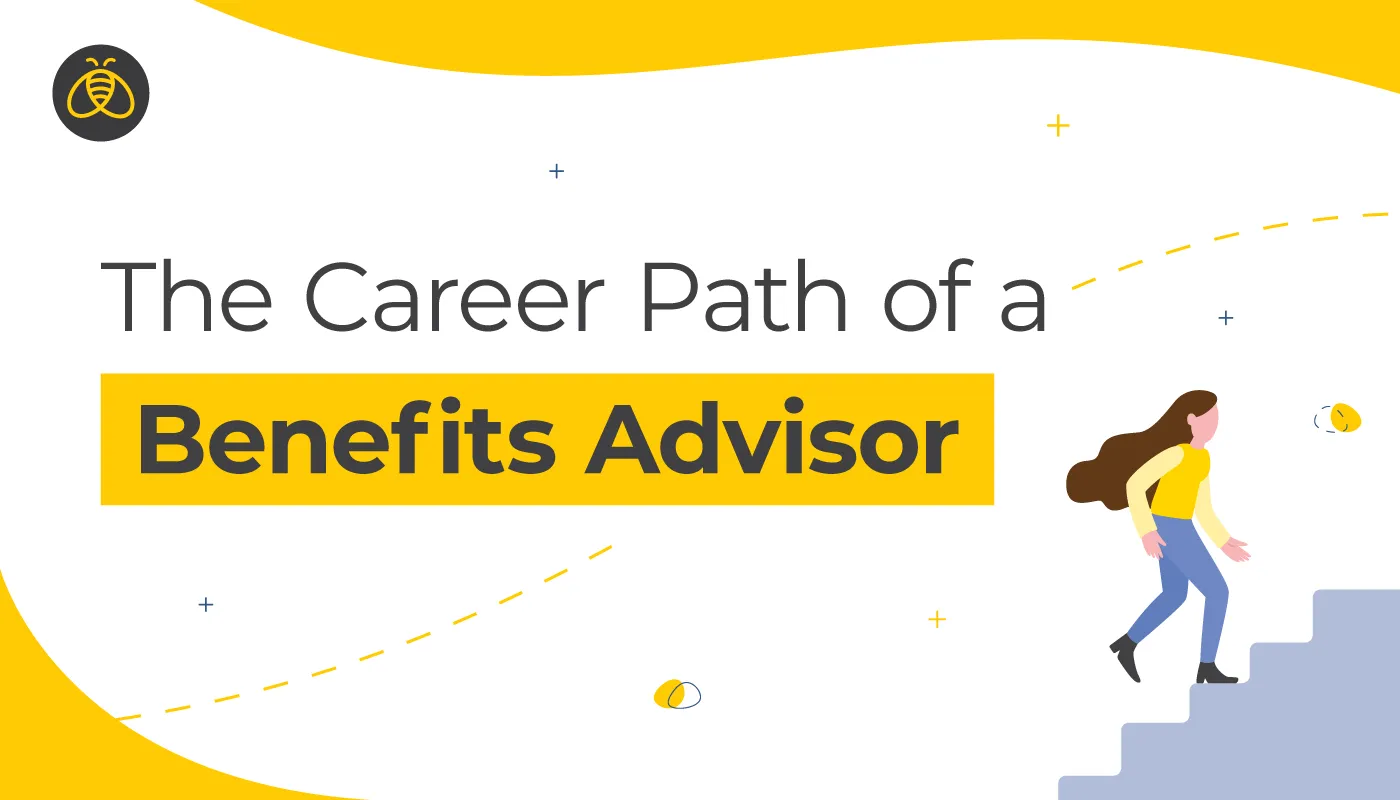Guest blog post by Lori Power, GBA — Founder MP Benefits Inc.
Within the realm of Employee Group Benefits in Canada, there is very little available to learn on how to get started on the career path of a benefits advisor or consultant. For that reason and more, many practitioners get their start in the industry almost by accident. Their backgrounds – from technology to financial planners, to trades, etc. – are as varied as the industries they come to serve.
For myself, my background was journalism. I had worked as a radio host and then as a newspaper reporter before finding myself answering an ad seeking a writer/researcher for a national brokerage consulting firm. From the moment I started to write about employee group benefits, to understanding the provincial insurance acts, I felt the calling.
Unlike any other form of insurance, employee group benefits connect with all Canadians from all walks of life, income levels, and disciplines, without segregating or discriminating. Putting a program in place is always the choice of the employer and over the last two decades, I have learned there is always a solution to be found.
Determining an Employee Benefits Philosophy for a Multigenerational Workforce
Because of the many “touch” points of employee group benefits, considering a career as a consultant will mean you need to have an ability to organize to serve. There is no such thing as a “set it and leave it” option. Not only do companies diversify and change, but the very people employed to do the work may shift substantially from year to year, making communication and consistency your currency for continued strength in the industry.
The Fundamentals of a Benefits Advisor’s Role
- Build relationships for the long term
- Be able to explain coverage, options, and solutions
- Customize programs based on individual corporate needs (division, classification, etc.)
- Understand the return-on-investment criteria
- Facilitate administration
- Simplify effective communication efforts
- Ensure employees understand coverage and how to claim
- Be flexible and willing to adjust coverage as the corporate parameters change
Understanding the Basics of Insurance Products
An understanding of all the benefit lines, from insurance, to disability, to critical illness, pharmacy, health, and dental is just the beginning. Then there are wellness, health spending, and personal spending accounts, and financial planning to learn. An ability to collaborate with other professionals for the greater good of the client we serve becomes key to relationship longevity in this competitive industry, which at times may seem more rate based than benefit focused.
Understanding the Metrics and Making Recommendations
This leads to the financial understanding of how rates and premiums are built. Being able to analyse the plan utilization and make recommendations based on these metrics sets a “rate” broker apart from a benefits advisor. If a benefit plan is built to be used easily by staff, then it is equally important that the client understand how and what is being utilized. This is the success of the program—a return on their investment—objectives fulfilled.
How to Achieve a Sustainable Benefits Plan Using Your Claims Experience Data
Being there for the Client
Being the liaison between the corporate client and the insurance/benefit provider are key attributes for any benefits advisor. To align the benefit plan with the corporate culture and compensation, these same skills will be used for on-going, regular employee meetings, benefit updates, etc. The more we can show our expertise, the more the client will value the seat we hold at the table. And they will include us in discussing the ways to enhance the program to better serve the needs of the talent in the organization.
Education is Key
Continuing Education isn’t just mandatory, but fundamental to keep abreast of the trends, changing legislation, and policy planning. We need to be aware of where benefits fall in the legal and news cycle and therefore what will be top of mind for consumers. From technology to national pharmacy and dental programs, to surveys on the emotional wellbeing of average Canadians. These are the very conversations clients must have with their advisors for the success of their programs.
In a business-to-business role we get closer to identifying what employers are looking for when it comes to providing a benefit plan to their staff. Perhaps for some employers it is simply offering “something” and staying on “budget”. While for others they may tie the benefit plan to a return on investment into the productivity of the workforce.
Surveys and questionnaires and being willing to ask our clients what they want allows benefits advisors to prosper. To best meet our clients where they are and grow with them over the long term. Because ours is not a short-term approach but a long-term professional solution in partnership.



